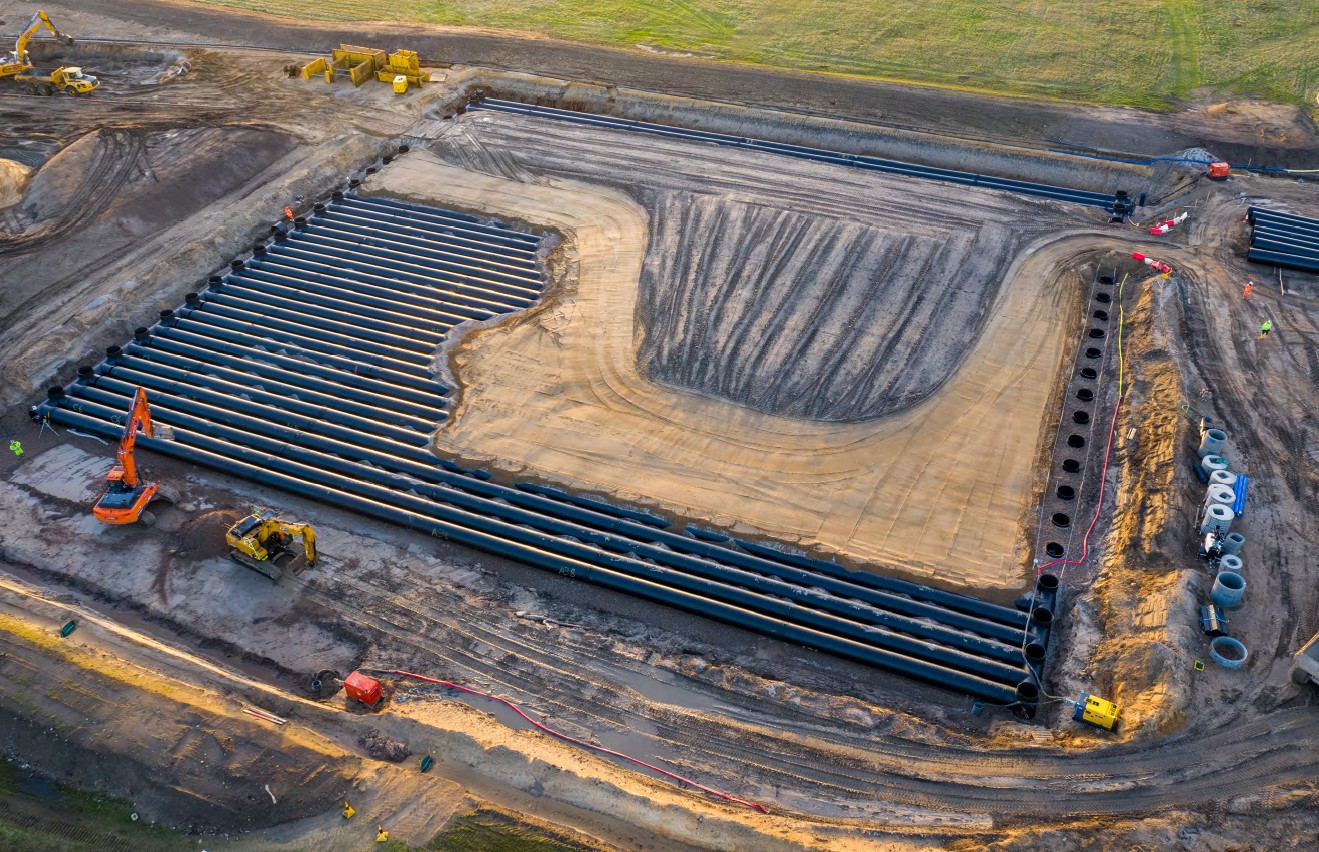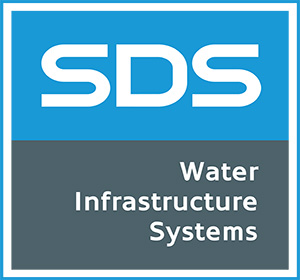OVERVIEW
RAF Lossiemouth in Moray, north-east Scotland, is one of two RAF Quick Reaction Alert stations, whose aircraft and crews are on continual high alert in order to scramble and intercept unidentified aircraft approaching UK airspace.
The MOD has committed to a £3bn investment for the transformation of the base, which is staffed by more than 3,000 military and civilian personnel.
SDS was required to implement a drainage scheme that enabled sustainability principles at every stage of the project, with the objective of dispersing water quickly and efficiently from the air-side paved surfaces of the base.
The project ensured that the operational capabilities of the air base are not compromised by flooding from heavy rainfall, and future-proofed the RAF base for the introduction of Boeing P-8A Poseidon Maritime Patrol Aircraft.
WHAT WE DID

SDS designed, manufactured and installed a Weholite tank, measuring over 8,000 square metres, constructed predominantly of 260 individual pipes of 14 metres in length, and 50 pipes of approx. 7 metres in length, all with a 1.2 metre diameter.
In excess of 4.4 kilometres of 1200mm diameter 4K pipe, together with 10 manholes, have been manufactured and installed by SDS, with a combined bill of materials weight of over 300 tonnes.
Special attention has been paid to the potential flood risk due to the coastal location of the site in an area of Scotland which is known for its wet and harsh weather, particularly in Winter when snow melt can create significant volumes of standing water.
The system complies with the Water Environment (Controlled Activities) (Scotland) Regulations 2011 (CAR) which have made SuDS a requirement for all new developments constructed after April 2007.
RESULTS
All stormwater attenuation is situated below ground due to the restriction of having open bodies of water in close proximity, which might attract unwanted birds to the airfield.
Due to site levels and the relatively high water table, soakaways were deemed unsuitable for stormwater discharge, therefore the flow rate is restricted to 5 litres per second per hectare of impermeable area before discharging into the drainage system.
Oil interceptors located between the drainage system and the neighbouring Covesea Burn help to prevent any contaminated runoff from the runway from entering the natural environment.
Download the full case study here.
Discover how Weholite systems can benefit your development and get in touch now.





